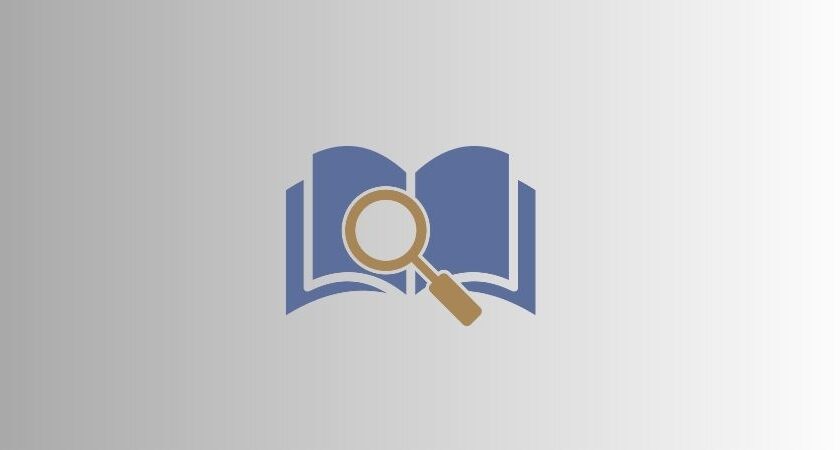In recent years, the landscape of education has undergone a remarkable transformation, fueled by the emergence of Open Educational Resources (OER). These freely accessible and openly licensed learning materials are empowering learners and educators worldwide, redefining the traditional barriers to education and knowledge dissemination. The rise of OER is a testament to the potential of technology to democratize education, providing learners from all walks of life with unprecedented access to quality learning resources.
In this blog, we will delve into the significance of OER and how it is revolutionizing the education ecosystem.
The OER Revolution: Breaking Down Barriers
Education has historically been marked by numerous barriers, including high costs, restricted access to quality resources, and geographical limitations. OER is a response to these challenges, providing free and flexible educational content that can be accessed anytime, anywhere. From textbooks and lecture notes to multimedia content and interactive learning modules, OER encompasses a vast array of resources covering a wide range of subjects and educational levels.
The Impact on Affordability and Inclusivity
One of the most significant benefits of OER is its potential to reduce financial barriers to education. Traditional textbooks and learning materials can be prohibitively expensive, hindering the educational journey for many students, particularly those from economically disadvantaged backgrounds. By providing free access to learning materials, OER ensures that students can pursue their studies without the burden of costly resources, thus promoting greater inclusivity and diversity in education.
Empowering Educators and Learners
OER is not only transforming the learning experience for students but also empowering educators. Teachers now have the flexibility to customize and tailor content to suit their students’ needs, incorporating local examples and contextualizing the material for a more enriching learning experience. This adaptability fosters creativity and innovation in the teaching process, ultimately leading to better engagement and comprehension among students.
Furthermore, OER encourages a collaborative and participatory culture within the education community. Educators and subject matter experts can contribute to the development and improvement of OER content, collectively enhancing the quality and relevance of educational resources.
Supporting Lifelong Learning
Education should not end with formal schooling; instead, it should be a lifelong journey of exploration and growth. OER plays a vital role in supporting lifelong learning by offering a vast repository of resources that individuals can access at any stage of their lives. Whether someone wants to learn a new skill, improve their knowledge in a specific area, or explore a new subject out of curiosity, OER is there to support their learning journey.
Global Reach and Local Relevance
One of the most remarkable features of OER is its potential to transcend geographical boundaries. With the internet as its platform, OER can reach learners across the globe, providing equal opportunities for education to individuals in remote and underserved regions. This global reach not only enables access to educational resources but also fosters cultural exchange and understanding, contributing to a more interconnected and informed world.
However, while OER has the capacity to transcend borders, it also places an emphasis on local relevance. With the customizable nature of OER materials, educators can integrate region-specific examples, case studies, and perspectives into the content, making learning more meaningful and applicable to learners’ daily lives.
Addressing Challenges and Concerns
Despite the numerous benefits of OER, there are challenges that must be addressed to ensure its sustained growth and impact. One primary concern is the quality and accuracy of the resources. As the pool of OER content expands, ensuring that the materials meet rigorous academic standards becomes crucial. Collaborative efforts between educators, institutions, and experts are needed to curate and review OER materials regularly.
Moreover, the digital divide remains a significant issue in certain parts of the world. Not all learners have access to reliable internet connectivity and digital devices, hindering their ability to benefit from OER fully. Governments and organizations must work together to bridge this gap and provide the necessary infrastructure to ensure equal access for all.
The Future of OER: Collaboration and Integration
The future of OER holds tremendous promise for the education landscape. As technology continues to evolve, we can expect even more interactive and immersive learning experiences through OER platforms. Virtual reality, augmented reality, and artificial intelligence are some of the technologies that could be integrated with OER to enhance engagement and understanding further.
Moreover, OER has the potential to foster greater collaboration among educational institutions and stakeholders. By sharing resources and best practices, educators and institutions can collectively improve the quality of education and address global challenges in a more unified manner.
Conclusion
The rise of Open Educational Resources has ushered in a new era of accessibility and inclusivity in education. By breaking down barriers and providing free access to high-quality learning materials, OER is empowering learners and educators worldwide. The transformative impact of OER goes beyond the boundaries of traditional classrooms, reaching learners of all ages and backgrounds.
As we move forward, collaboration and innovation will be the driving forces behind OER’s continued growth and its ability to redefine access to education for generations to come.
